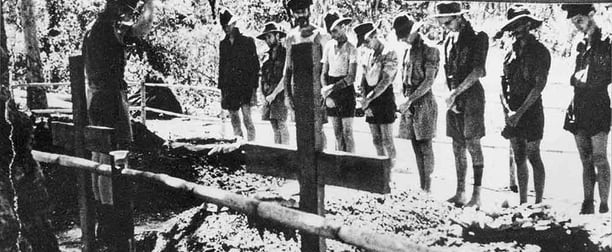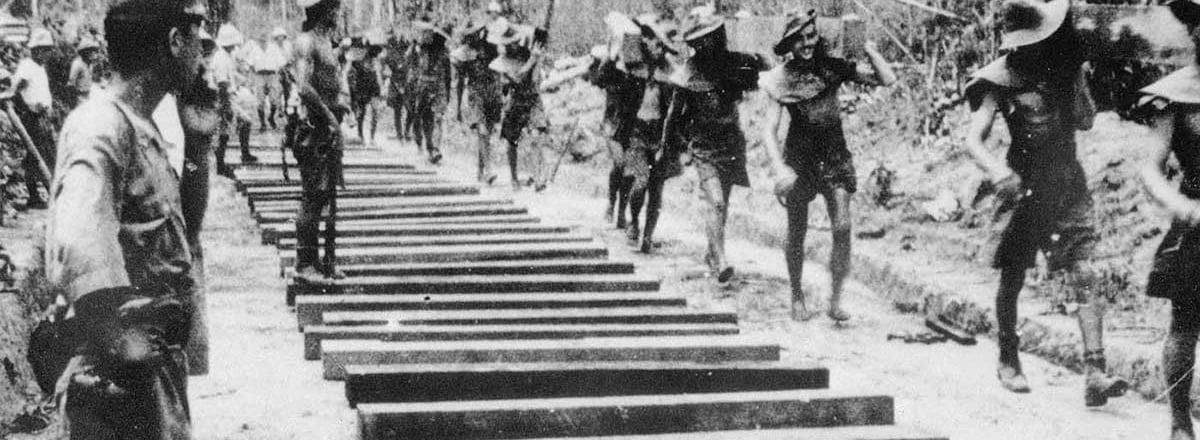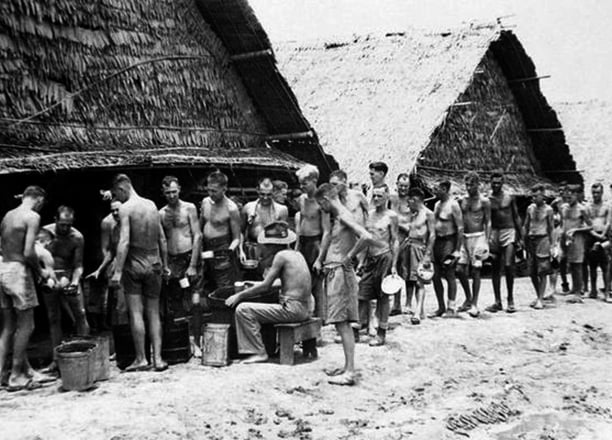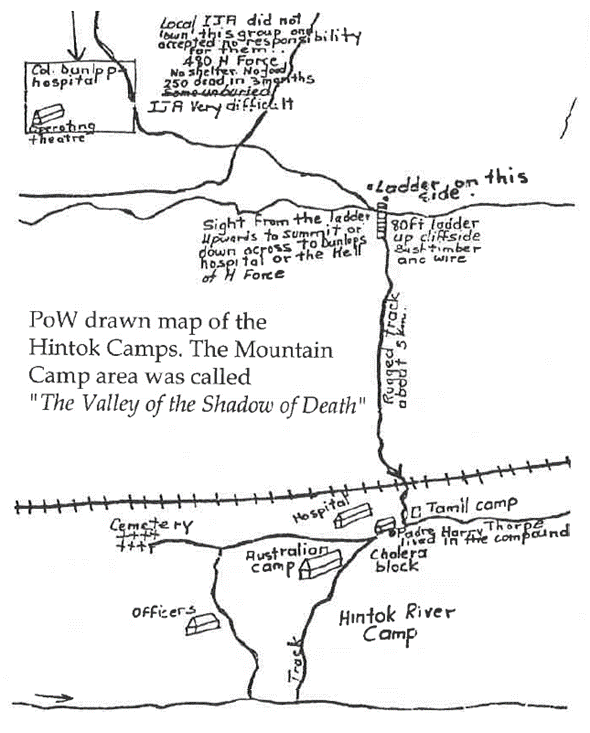
Weary Dunlop and the Death Railway
You didn’t come this far to stop
Weary Dunlop and the Death Railway
Sir Ernest Edward "Weary" Dunlop was an Australian surgeon who served in World War II and is remembered for his compassionate care and leadership among prisoners of war (POWs) captured by the Japanese. Dunlop was part of "F" Force, a group of over 7,000 British and Australian POWs sent to Thailand in 1943 to work on the construction of the Burma Railway, also known as the "Death Railway".
IN THEIR FOOTSTEPS BLOG
Toursofwar.com
11/1/20233 min read
Weary Dunlop's Timeline
and the Weary Dunlop Trail
Sir Ernest Edward "Weary" Dunlop was an Australian surgeon who served in World War II and is remembered for his compassionate care and leadership among prisoners of war (POWs) captured by the Japanese. Dunlop's timeline during the war provides insights into his experiences and the challenges he faced while caring for POWs forced to work on the Burma Railway, also known as the "Death Railway"
Sir Ernest Edward "Weary" Dunlop


Sir Ernest Edward "Weary" Dunlop Time Line
POW Statistics
Total POWs: Over 60,000 Allied POWs were captured by the Japanese during World War II.


POW Deaths by Country
The total number of POWs who died building the Death Railway is 24,000. The breakdown by country is as follows:
British: 6,904 deaths
Dutch: 2,782 deaths
Australian: 2,802 deaths
American: 131 deaths
Total: 12,619 deaths
Civilian Slaves
The total number of civilian slaves who died during the construction of the Death Railway is 85,400. The breakdown by country is as follows:
Malaya: 42,000 deaths
Burmese: 40,000 deaths
Javanese: 2,900 deaths
Singapore: 500 deaths
Total: 85,400 deaths
The Weary Dunlop Trail
In honor of Sir Edward "Weary" Dunlop's legacy and the sacrifices made by prisoners of war during the construction of the Burma Railway, the Weary Dunlop Memorial Park and Trail were established in Thailand. The trail follows the route of the railway and includes markers and memorials to commemorate the experiences of POWs and forced laborers.The Weary Dunlop Trail serves as a reminder of the hardships endured by those who worked on the railway and a tribute to the compassion and leadership of Sir Edward "Weary" Dunlop. By walking the trail and visiting the memorial sites, visitors can gain a deeper understanding of this pivotal chapter in history and honor the sacrifices made by those who fought and died during the construction of the Burma Railway.




Conclusion
Weary Dunlop's time on the Death Railway was marked by his compassionate care and leadership among POWs. He established hospitals at various camps, treated the sick and injured, and advocated for better treatment of POWs. Dunlop's actions during this time earned him the respect and admiration of his fellow POWs and the Australian public.


